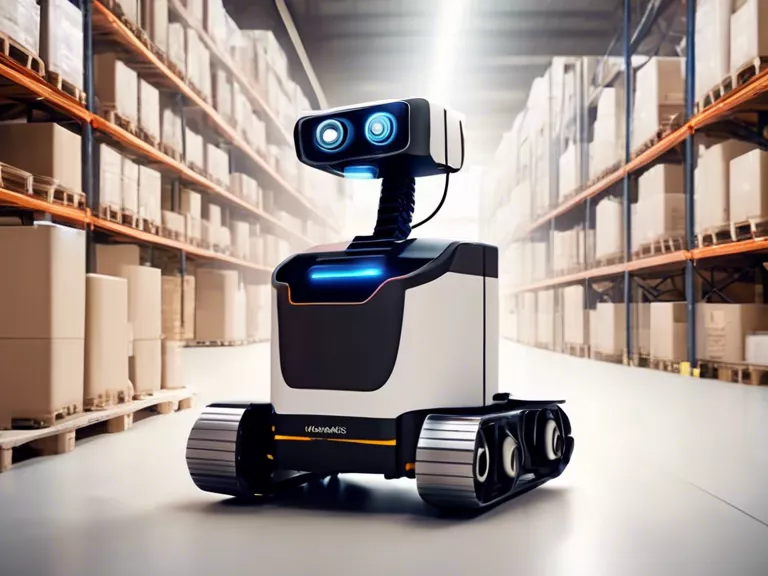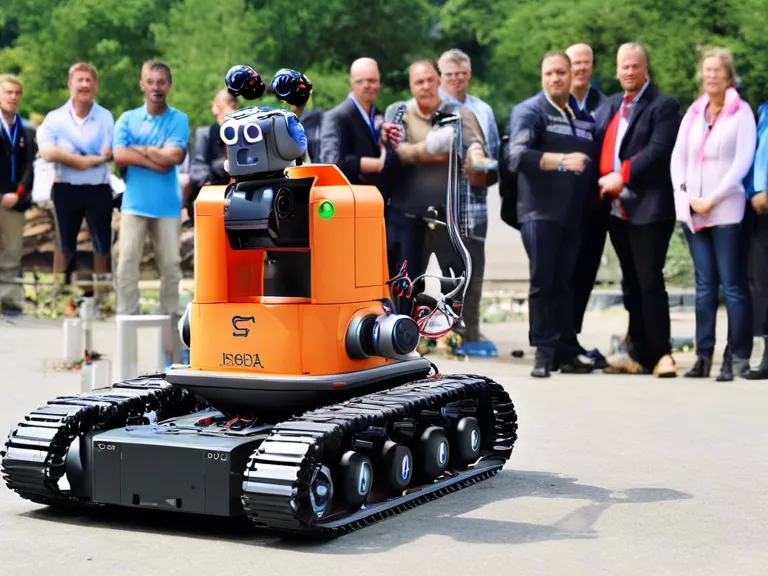
In recent years, the incorporation of autonomous robots in warehouse management and logistics has revolutionized operations and brought about significant improvements in efficiency, accuracy, and speed. These robots, equipped with advanced technology such as sensors, cameras, and artificial intelligence, are capable of performing a wide range of tasks without direct human intervention. From inventory management to order fulfillment, autonomous robots have become invaluable assets in the supply chain industry.
One of the primary impacts of autonomous robots on warehouse management is the optimization of space utilization. By utilizing robots that can operate in vertical spaces or confined areas, warehouses can store more inventory in a smaller footprint. This not only maximizes storage capacity but also enhances accessibility to items, reducing the time and effort required for picking and stocking.
Additionally, autonomous robots are instrumental in improving inventory accuracy. With their ability to scan barcodes, RFID tags, or visual recognition technology, robots can conduct regular inventory checks with precision and speed. This minimizes the occurrence of stock discrepancies and eliminates the need for manual inventory counts, saving time and reducing human error.
Moreover, autonomous robots enhance order fulfillment processes by streamlining picking, packing, and shipping operations. By working in conjunction with warehouse management systems, robots can efficiently pick items from shelves, pack them into boxes, and transport them to shipping stations. This leads to faster order processing times and improved customer satisfaction.
Another significant impact of autonomous robots in logistics is the reduction of labor costs and safety risks. By automating repetitive and physically demanding tasks, robots alleviate the burden on human workers, allowing them to focus on more value-added activities. Furthermore, robots can handle tasks in hazardous environments or conditions, minimizing the risk of workplace accidents and injuries.
Overall, the integration of autonomous robots in warehouse management and logistics has brought about increased efficiency, accuracy, and safety while reducing operational costs. As technology continues to evolve, the role of robots in the supply chain industry is expected to expand, transforming the way warehouses operate and improving overall performance.



